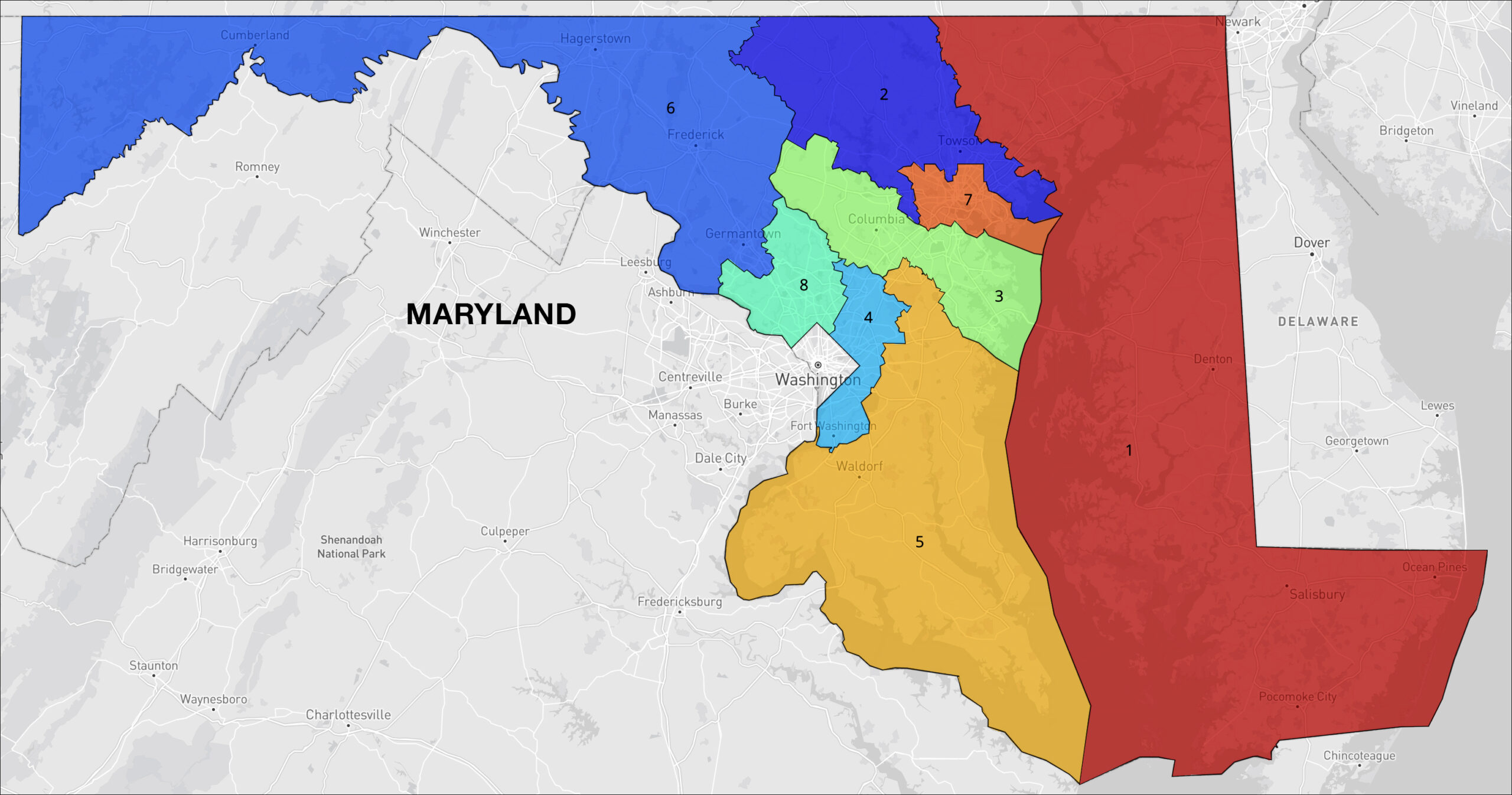By Jim Ellis — Monday, Nov. 10, 2025
House
Political moves are now coming fast and furious. We see an increase in retirements, members announcing for different offices, and a just-beginning round of California political musical chairs, because last Tuesday voters adopted the state’s new redistricting map.
Among the moves are the recently announced political plans from a trio of US House Representatives: Ken Calvert (R-CA), Jared Golden (D-ME), and Elise Stefanik (R-NY). Today, we take a look at each situation.
Stefanik: NY-21
As has been expected for some time, six-term New York Rep. Elise Stefanik (R-Schuylerville) announced on Friday that she will challenge Gov. Kathy Hochul (D) in next year’s statewide race.The announcement comes at an interesting time, however, just three days after Republicans suffered crushing defeats in California, New Jersey, New York City, and Virginia.
Though Gov. Hochul’s job approval numbers have been up and down over the course of her serving part of resigned Gov. Andrew Cuomo’s (D) final term and being elected once in her own right, Rep. Stefanik, and any other Empire State Republican, running statewide incurs a formidable challenge even under the best of circumstances. For example, the last GOP candidate to win a major New York statewide race was former Gov. George Pataki, who was elected to a third term in 2002.
Upon his re-election, President Trump nominated Rep. Stefanik as the United States Ambassador to the United Nations, but her nomination was withdrawn because the GOP House leadership did not want to risk another seat in a special election that might have threatened the party’s small majority. At that point, it became clear that a Stefanik for Governor move would soon be forming.
Democrats likely already have their 2026 open congressional race nominee. When it appeared that Stefanik would be headed to the UN, the local county Democratic Party chairs nominated dairy farmer Blake Gendebien, who has already raised $3.7 million for a congressional race and has just over $2 million in his campaign account.
The 21st District is reliably Republican, but the GOP lost the seat prior to Stefanik’s initial victory in 2014. Therefore, we can expect a competitive open general election next year.
Calvert: CA-41
One of the hardest-hit Republicans under the new California gerrymander, which is designed to neutralize expected GOP gains in Texas, is veteran Rep. Ken Calvert (R-Corona). The new California congressional map eviscerated Rep. Calvert’s desert 41st District, which had performed as a Lean Republican seat. The new plan places different parts of the current CA-41 in other surrounding Los Angeles/Riverside/San Bernardino area CDs.
Wanting to remain in Congress, Rep. Calvert announced that he will move to new District 40, where he will likely face a fellow Republican incumbent in a paired situation. It appears that Calvert and three-term Rep. Young Kim (R-La Habra) will compete for one of only four districts that now favor Republicans.
California members continue to survey their 2026 prospects, so we can expect to see other district moves in the coming days. Further incumbent pairings could soon be announced as the Golden State political musical chairs begins in earnest.
Golden: ME-2
Last week, Maine Rep. Jared Golden (D-Lewiston) announced that he will not seek a fifth term next year. The Pine Tree State’s northern 2nd Congressional District is the most Republican seat in the country that elects a Democrat to the House, and the Congressman indicated that ending his tenure after four terms is proper since Maine’s term limit for its state legislators is four two-year terms.
Had he remained, Golden would have faced a difficult political year. His general election opponent would certainly have been former Gov. Paul LePage (R) in a district that LePage carried all three times he ran statewide. Therefore, a Golden-LePage race would have been rated a toss-up.
Before getting to the general election, Golden was staring at a Democratic primary challenge from the ideological left in the person of State Auditor and ex-Secretary of State Matt Dunlap.
Because Maine elects its statewide constitutional officers through the state legislature and not the voters, Dunlap does not have the electoral experience that he would have in commensurate positions from most other states. Still, he would have been a formidable Democratic opponent to Rep. Golden and is now likely to be considered the front runner for the party nomination.
Speculation at the beginning of the year pegged Golden as a possible gubernatorial candidate, and while he would have been credible in the general election, his primary prospects would have been rated as difficult. Golden would have been a centrist campaigning before a very liberal primary vote base. Some speculation also suggested that he might challenge Sen. Susan Collins (R), but as a former staffer to the five-term incumbent, such an option was never seriously pursued.
Open Seats
With a spate of political announcements last week, including former House Speaker Nancy Pelosi retiring, we now see 38 open US House seats in addition to the special elections being conducted in Tennessee and Texas.
Of the 38, a total of 22 are Republican-held, 13 Democratic, with three new seats being created through the Texas redistricting project. Most of the 2026 races, however, will not feature competitive open general election campaigns, but all will host hot primaries. Of the 38 current open seats, it is reasonable to expect only nine competitive general election contests. The other 29 will safely or likely remain with the incumbent party.






